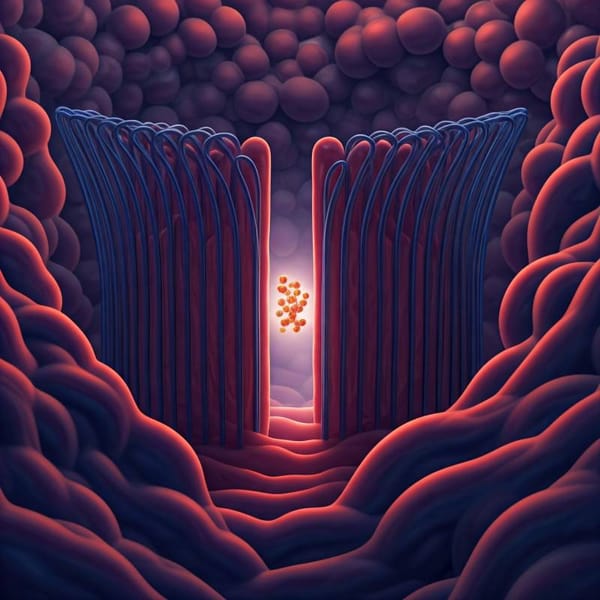The Place of the Dead in Nahuatl Philosophy
According to the Nahuatl culture, the space where the souls dwell is divided into four parts: Mictlan (place of the dead), Tlalocan (place of Tlaloc), Tonatiuh ichan (the house of the sun), the dwelling of Huitzilopochtli, and the dwelling of Huitzilopochtli.





